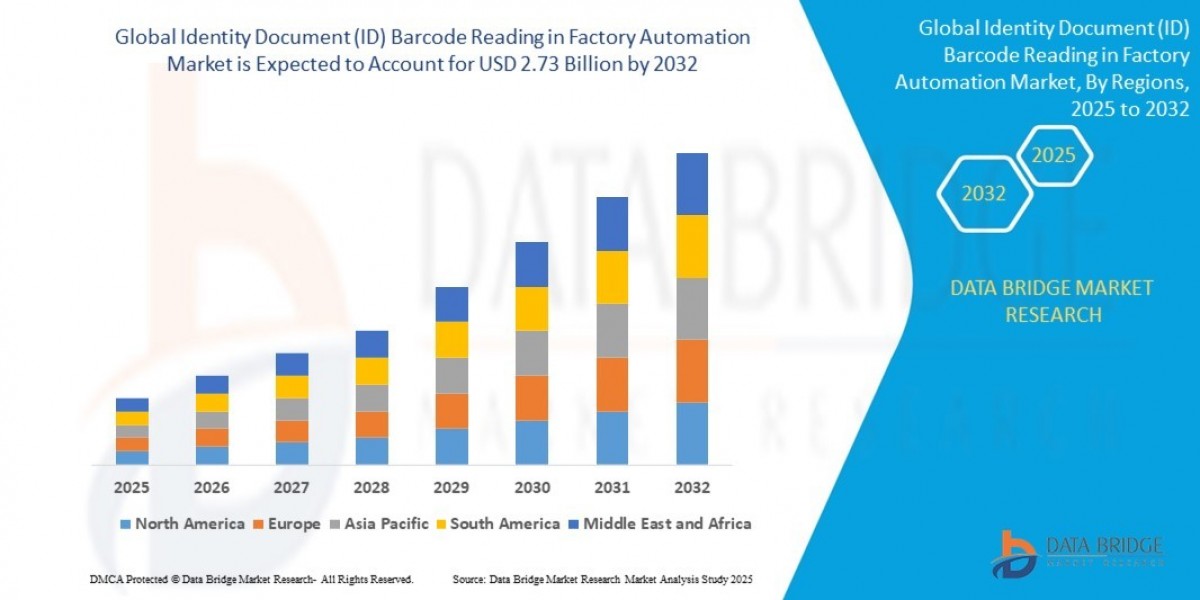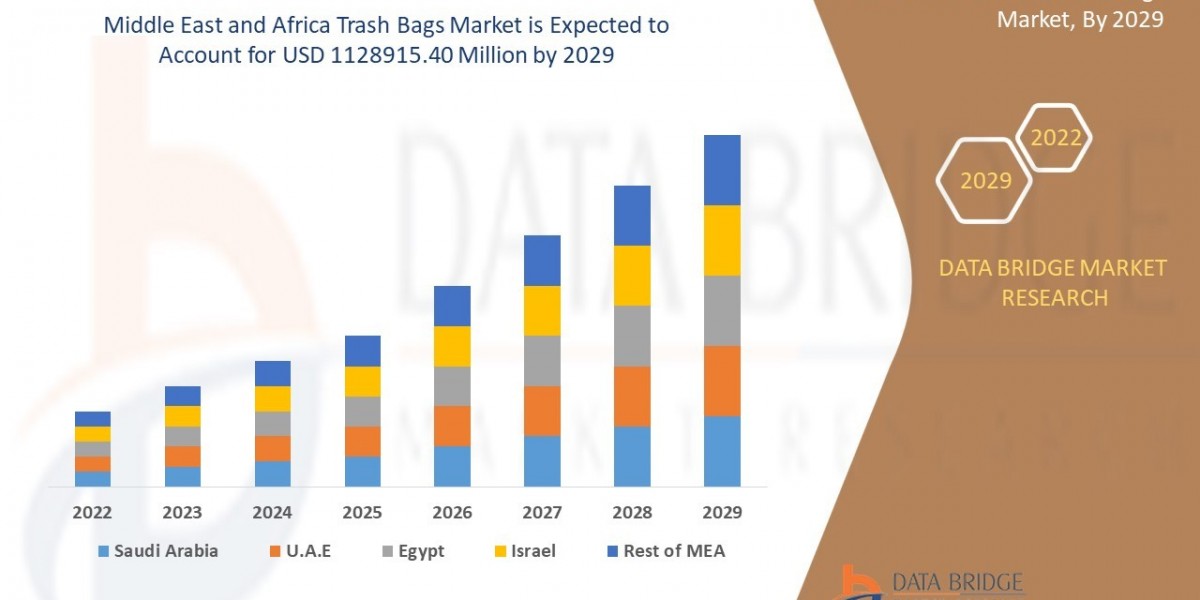Diverse DFR Market Segments span stand-alone DFRs, multifunction units, and portable recorders. The Digital Fault Recorder (DFR) market is gaining strategic importance as power systems become more complex, decentralized, and digitized. DFRs capture high-resolution waveforms and sequence of events during disturbances, enabling utilities and industrial operators to diagnose root causes, validate protection settings, and comply with regulatory reporting. In an era of renewable variability, electrification, and cyber-physical risks, robust fault recording is indispensable for operational resilience.
Market Size and Share
The DFR market has shown steady expansion as utilities modernize transmission and distribution networks and as industries—such as metals, chemicals, oil & gas, data centers, and rail—prioritize power quality. North America and Europe maintain notable market share due to strict reliability standards and advanced grid infrastructure, while Asia-Pacific is accelerating on the back of large new build programs, high-speed rail, and renewable integration.
Growth Drivers and Trends
Core growth drivers include grid modernization, rising penetration of inverter-based resources, and the need for fast post-event Analysis to reduce outage duration and SAIDI/SAIFI metrics. Key Trends feature:
Digital substations using IEC 61850, process bus (IEC 61850-9-2LE), and redundant PRP/HSR networks.
Precision time sync (PTP/IEEE 1588, IRIG-B, GNSS) for coherent multi-site records.
Edge analytics and AI/ML for automated disturbance classification and predictive maintenance.
Cybersecurity hardening and secure remote access.
Integration with PMUs/WAMS, SCADA/EMS/DMS, and protection relays for holistic situational awareness.
Market Segments
Typical Segments include:
By Type: Stand-alone DFRs, multifunction recorders (DFR+PQ+SOE), portable/temporary units.
By Installation: Transmission substations, distribution substations, generation plants, HVDC/FACTS stations, industrial facilities.
By Component: Hardware, software/analytics, services (engineering, commissioning, compliance reporting).
By Voltage Class: MV, HV, EHV/UHV.
Utilities remain the dominant buyers, with growing adoption among power-intensive industries seeking faster turnaround on incident investigations and asset optimization.
Regional Outlook
North America: Mature replacement cycle, NERC/PRC compliance, wildfire mitigation, storm hardening.
Europe: Interconnection growth, offshore wind, cross-border congestion management.
Asia-Pacific: Greenfield grids, HVDC corridors, rail electrification, and data center build-out.
Middle East & Africa / Latin America: Grid expansion, IPP projects, and reliability upgrades.
Forecast
The DFR market is projected to post steady Growth as utilities scale renewables and dynamic line ratings, raising the value of synchronized, high-fidelity data. Cloud-enabled workflows, automated disturbance reports, and lifecycle service contracts will expand recurring revenue. Vendors that deliver cybersecurity-certified devices, open APIs, and advanced analytics will likely outpace the market.
Conclusion
As the grid transforms, DFRs move from “nice-to-have” to “must-have.” They shorten fault investigation, validate protection coordination, and underpin regulatory compliance—directly improving reliability, safety, and customer outcomes. The winners in this market will blend rugged hardware, precise time synchronization, and intelligent software into interoperable, future-proof solutions.








